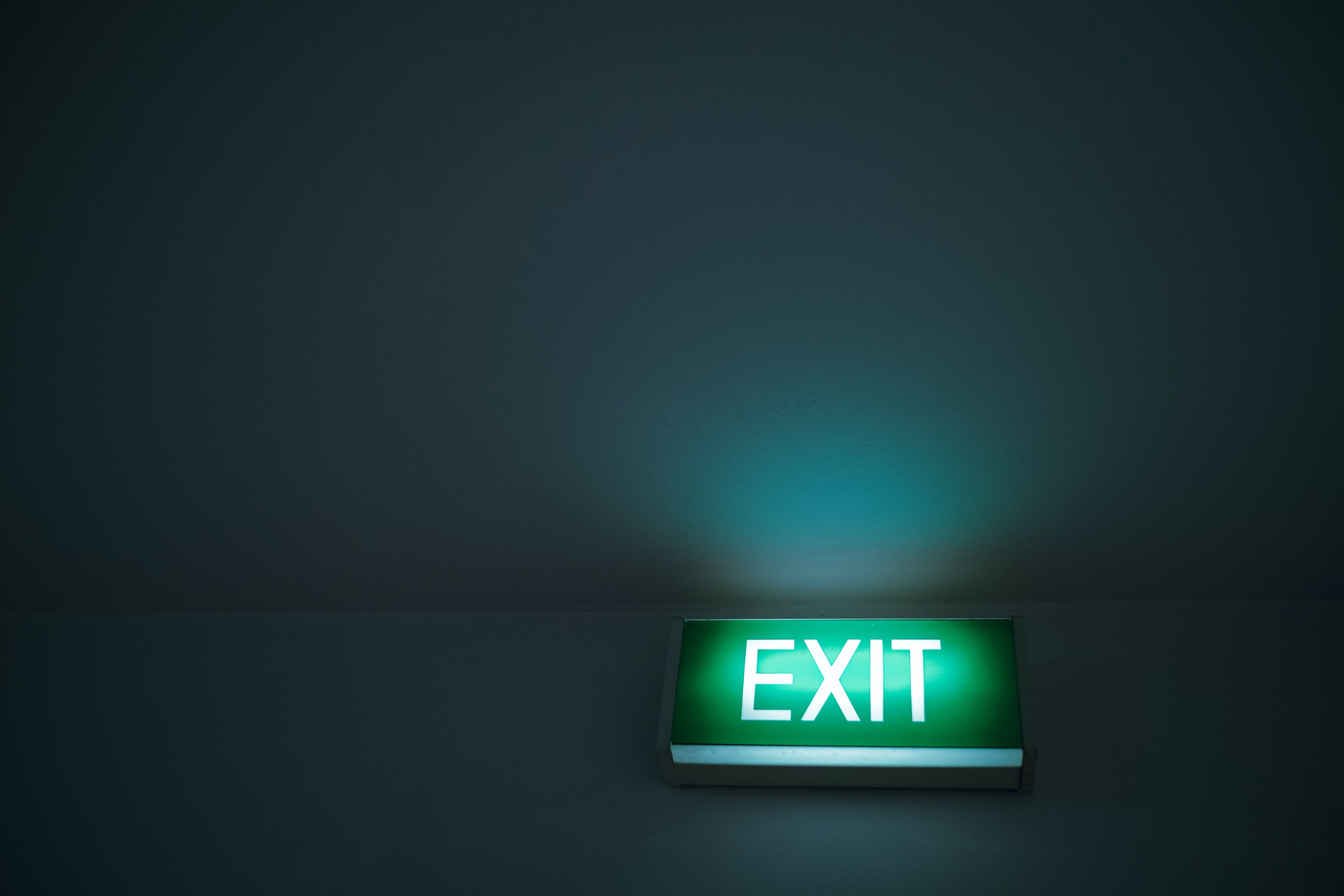Testing Standards for Rated Fire Curtains
There are several testing standards for fire curtains, which can vary internationally. These include BS 8524-1, BS EN 1634-1 and UL 10D.
Since 2014, the UL 10D product safety standard has become the minimum international testing and rating method, developed by the Underwriters Laboratory.
The testing procedure exposes the subject to a fire, controlled to achieve a specified temperature for a specified period of time. The typical UL 10D test exposes a fire curtain to a furnace that produces temperatures exceeding 1,000°C for 120 minutes – but the test can last up to 240 minutes.
That’s how ratings work: they tell you the amount of time that the unit was exposed to fire for. The product has passed the test if it retains integrity after the testing time.
When you see a rating of 180 mins under BS EN 1634-1, you’ll know that the product retains integrity for up to 180 minutes under British and European testing standards.
A rating of 240 mins under the UL 10D standard means that the product retains integrity for up to four hours under the minimum international testing standard.
Controlled testing like this couldn’t possibly cover all fire conditions. In the real world, fires are as varied as the buildings and people they affect. What testing can do is to give a relative measure of performance under specified fire exposure conditions.
It’s unlikely that a fire curtain will be directly exposed to furnace temperatures for hours on end in a real emergency, and aspects of testing are exaggerated to give a greater margin of error – but even the typical domestic fire can reach 600°C, hot enough to strip the zinc from galvanised steel. At a certain point, the temperature becomes irrelevant; all that matters is that the system is safe and that people can escape.
Nothing can be Fully Fireproof
Even with the best funding, unlimited access to materials and the most overengineered design, no building can be completely fireproof.
That’s because given enough energy, anything can be burned, melted or vaporised. In the context of buildings, a fire can, over a sustained period, damage the very fabric of the building itself. Even inert building materials like bricks can crack, and metal reinforcements can warp under prolonged heating.
Fire curtains and passive fire protection systems work to reduce that exposure time, so that a fire can be controlled before structural damage can occur. In a real fire, time is precious and seconds count. Rated fire curtains give greater confidence in your fire strategy, helping to protect occupants and properties for long enough to mitigate serious losses.
Optimise Your Fire Strategy
At Coopers Fire, we develop and manufacture fire curtains designed to exceed the most stringent standards. We’re available to consult for bespoke installations from the earliest design stage, and have worked closely with some of the world’s most prominent architects and interior designers.
To start a project and improve your fire safety, call us on 02392 454 405 or email info@coopersfire.com.


